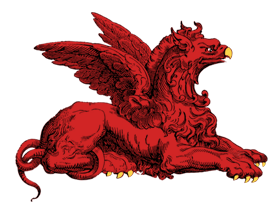



|
Created by Hieronymus Munzer and published in 1493. Wikipedia identified it as the earliest published map of Europe. Munzer lived in Nuremberg. He was educated, wealthy and important in Nuremberg society. He was a doctor and university lecturer and active in astronomy and geography. While this is not useful for genealogical purposes, I find it interesting that it depicts the geography of Germany so poorly. Maybe it was intended as an artistic list of places with relative locations but not a map drawn to scale. Click on the map to enlarge it.
If your ancestors left Pomerania more than a century ago, their Kreis (county) should be here. (Map designed by Impact Graphics) For a more detailed map, go to Federation of East European Family History Societies Map Room
The map above shows the provinces or states that made up Germany during the latter half of the period when the most Pomeranians were immigrating to America. The provinces that came from the former Prussia are colored. Click on the map to enlarge it.
Several counties were added to Pomerania between WWI and WWII. Before WWI Arnswalde and Friedeberg were part of the province of Brandenburg, Netzekreis and Schneidemühl were part of the province of Posen, and Deutsch-Krone, Flatow and Schlochau were part of the province of West Prussia. After WWI these areas were given over to Poland. A few years later Netzekreis and Schneidemühl, having mostly German populations, were allowed to rejoin Germany and were made part of the province of Pomerania. In 1938, after Germany invaded Poland, the remaining areas given to Poland were incorporated into Germany and made part of Pomerania as well. In the place index for Die Vorfahren, we do not list the counties added to Pomerania after WWI with Pomerania. Instead we associated them with the provinces to which they belonged before WWI to keep place name references consistent. Click on the map to enlarge it.
|